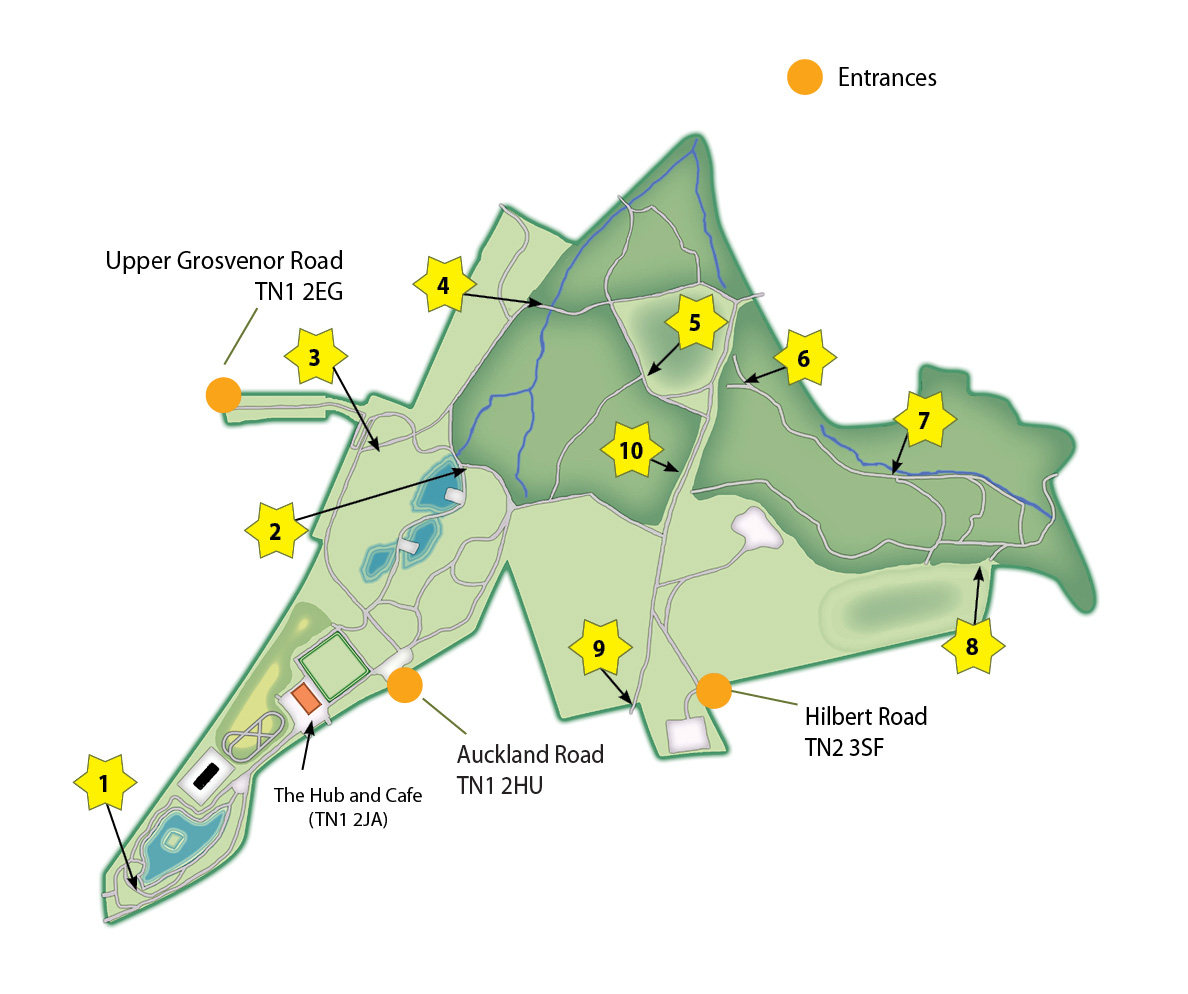Brass rubbing trail
Grab your crayons and paper and discover our brass rubbing trail around Hilbert and Grosvenor Park!
Throughout this park you can find 10 brass rubbings which, with the help of this page, will introduce you to more about this park and its wildlife.
How to find them
They are found on waymarking posts throughout the park. The locations of which can be seen on the map at the bottom of this page.
How to do a brass rubbing
Once you have found a post, hold the paper up against the image. Then while it is held in place, rub on the paper with your crayon (keeping the paper as still as possible). The image will be revealed as you rub.
Brass rubbing posts
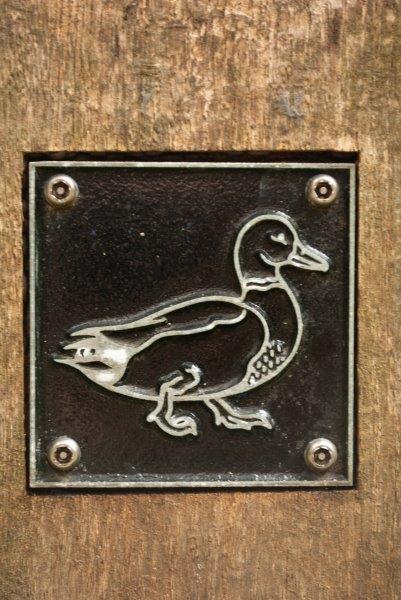
1. A mallard – by Marnock Lake
You’ll often see mallards feeding on the lake. The dripping wells underneath you are an original part of the parks design, along with the lake. They date back to 1889!
Now walk past the hub and café and walk through the wetlands to find the next post.

2. A common frog – by the Wetland
Frogs are common in most ponds, however due to this kind of habitat becoming scarce, frog numbers are sadly globally declining. Here in the wetland we are lucky enough to find frogspawn and tadpoles in the spring.
Walk towards the railway line and the fir trees for the next post.
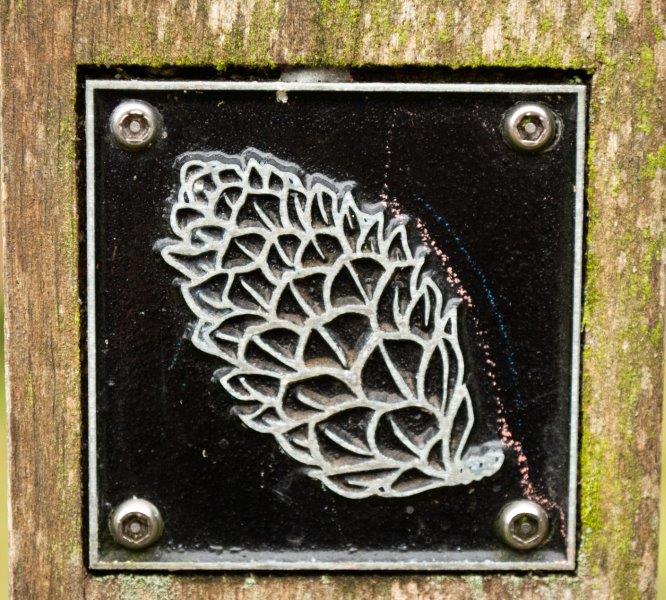
3. A fir cone – by our Bedgebury trees
In the coming years you’ll see lots more fir cones around this area as the recently planted trees get bigger. Cones are the trees way of protecting its seeds. These will soon be dispersed by birds and wind.
Follow the footpath towards Folly Shaw stream for the next post.

4. A dragonfly – by Folly Shaw stream
Dragonflies will be regular visitors to this area on warm summer days. They will fly around near the water trying to catch prey. The stream that runs through here is a chalybeate stream, named due to its iron rich nature (and hence its orange colour).
Carry on through the trees to the meadow pasture, where you'll find your next post.

5. A cow – in the meadow pasture
This habitat would have originally been grazed by cattle. We now replicate this method of cutting with the help of our volunteers and our heavy duty lawnmowers, as over time this will encourage a wide variety of wild flowers to grow here.
Cross the meadow and into the trees by the boardwalk to find the next post.
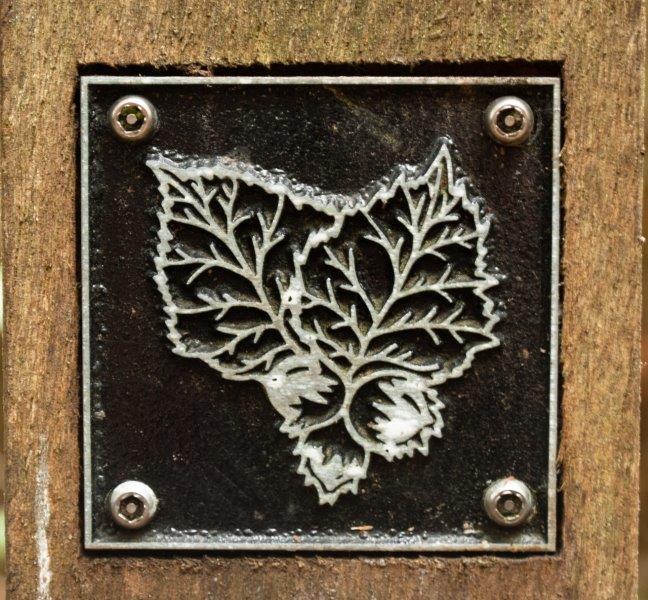
6. Hazel nuts – by the boardwalk
This woodland is dotted with hazel trees, these are coppiced (cut back to the stump). Coppicing can increase a tree's life span by over 300 years as it encourages new growth.
Carry on along the path into the woods to find the next post.
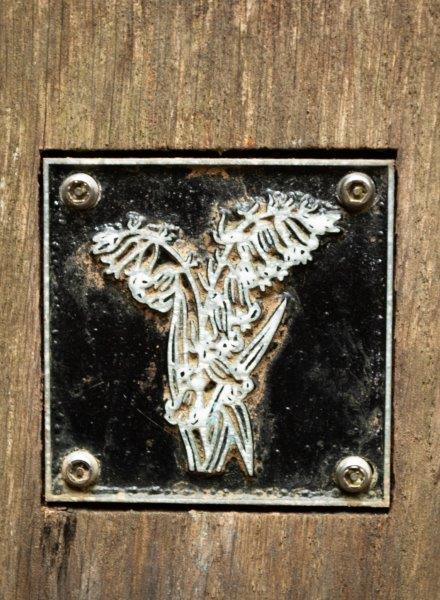
7. English bluebell – in Hilbert Woods
In the spring the woodland floor around you is covered by a beautiful carpet of English bluebells. Find out more about this wood on the interpretation board behind you.
Head south out of the woods into the community orchard for the next post.
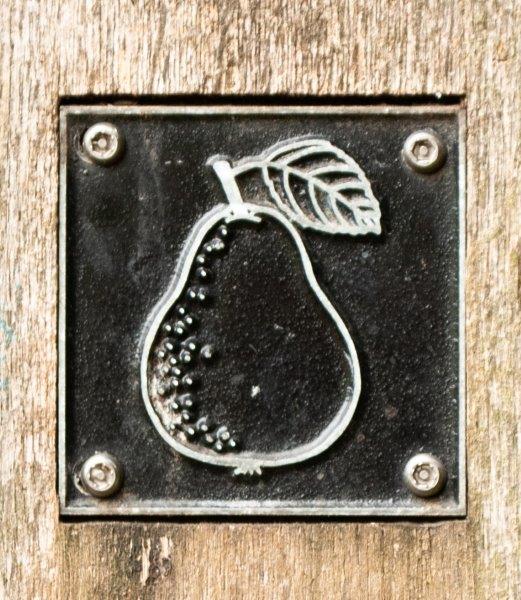
8. A pear – in the Community Orchard
Recently planted, this orchard is made up of fruit trees such as apples, pears and cherries. Orchards are becoming rarer in the UK. They provide a vital refuge for wildlife such as thrushes, bees and hedgehogs.
Head past the Hilbert Road entrance towards the allotments to find the next post.

9. A spade – by the allotments
Do you know what country all the food you eat comes from? Here, local people rent and tend to their own plots, so they know exactly where their food has come from.
Follow the path into the park towards the meadow to find the last post.
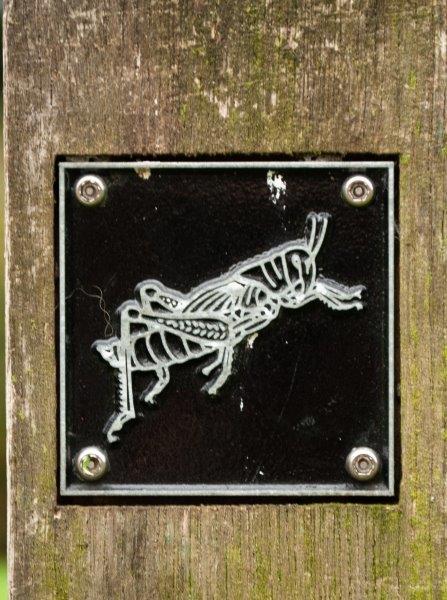
10. A grasshopper – in the meadow
In the spring/summer a beautiful wildlife meadow grows tall here and it becomes a great spot to go bug hunting. We cut the grass here only once a year to encourage the growth of this wild flower meadow.

